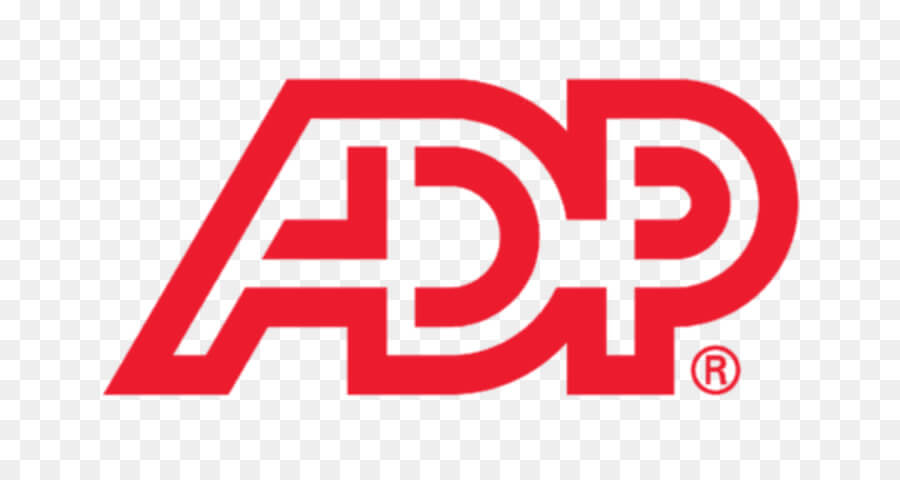Performance Management for any Application: Benefits and Concerns
© Copyright Carter McNamara, MBA, PhD, Authenticity Consulting, LLC. Adapted from Field Guide to Consulting and Organizational Development
Suggested Pre-Reading
Overview of Performance Management Process for any Application
Sections of This Topic Include
4 Key Benefits of Performance Management
1. PM focuses on results, rather than behaviors and activities
A common misconception among supervisors is that behaviors and activities are the same as results. Thus, an employee may appear extremely busy, but not be contributing at all toward the goals of the organization. An example is the employee who manually reviews completion of every form and procedure, rather than supporting automation of the review. The supervisor may conclude the employee is very committed to the organization and works very hard, thus, deserving a very high performance rating.
2. Aligns organizational activities and processes to the goals of the organization
PM identifies organizational goals, results needed to achieve those goals, measures of effectiveness or efficiency (outcomes) toward the goals, and means (drivers) to achieve the goals. This chain of measurements is examined to ensure alignment with overall results of the organization.
3. Cultivates a system-wide, long-term view of the organization.
Richard A. Swanson, in Performance Improvement Theory and Practice (Advances in Developing Human Resources, 1, 1999), explains an effective performance improvement process must follow a systems-based approach while looking at outcomes and drivers. Otherwise, the effort produces a flawed picture. For example, laying off people will likely produce short-term profits. However, the organization may eventually experience reduced productivity, resulting in long-term profit loss.
4. Produces meaningful measurements
These measurements have a wide variety of useful applications. They are useful in benchmarking, or setting standards for comparison with best practices in other organizations. They provide consistent basis for comparison during internal change efforts. They indicate results during improvement efforts, such as employee training, management development, quality programs, etc. They help ensure equitable and fair treatment to employees based on performance.
15 Other Benefits of Performance Management
Performance Management (PM):
1. Helps you think about what results you really want. You’re forced to be accountable, to “put a stake in the ground”.
2. Depersonalizes issues. Supervisor’s focus on behaviors and results, rather than personalities.
3. Validates expectations. In today’s age of high expectations when organizations are striving to transform themselves and society, having measurable results can verify whether grand visions are realistic or not.
4. Helps ensure equitable treatment of employees because appraisals are based on results.
5. Optimizes operations in the organization because goals and results are more closely aligned.
6. Cultivates a change in perspective from activities to results.
7. Performance reviews are focused on contributions to the organizational goals, e.g., forms include the question “What organizational goal were contributed to and how?”
8. Supports ongoing communication, feedback and dialogue about organizational goals. Also supports communication between employee and supervisor.
9. Performance is seen as an ongoing process, rather than a one-time, snap-shot event.
10. Provokes focus on the needs of customers, whether internal or external.
11. Cultivates a systems perspective, that is, focus on the relationships and exchanges between subsystems, e.g., departments, processes, teams and employees. Accordingly, personnel focus on patterns and themes in the organization, rather than specific events.
12. Continuing focus and analysis on results helps to correct several myths, e.g., “learning means results”, “job satisfaction produces productivity”, etc.
13. Produces specificity in commitments and resources.
14. Provides specificity for comparisons, direction and planning.
15. Redirects attention from bottom-up approaches (e.g., doing job descriptions, performance reviews, etc., first and then “rolling up” results to the top of the organization) to top-down approaches (e.g., ensuring all subsystem goals and results are aligned first with the organization’s overall goals and results).
Concerns About Performance Management
Typical concerns expressed about performance management are that it seems extraordinarily difficult and often unreliable to measure phenomena as complex as performance. People point out that today’s organizations are rapidly changing, thus results and measures quickly become obsolete. They add that translating human desires and interactions to measurements is impersonal and even heavy handed.
Learn More in the Library’s Blogs Related to Performance Management
In addition to the articles on this current page, see the following blogs which have posts related to Performance Management. Scan down the blog’s page to see various posts. Also see the section “Recent Blog Posts” in the sidebar of the blog or click on “next” near the bottom of a post in the blog.
Also consider
- Related Library Topics
- Employee Performance Management
- Group Performance Management
- Organizational Performance Management
For the Category of Performance Management:
To round out your knowledge of this Library topic, you may want to review some related topics, available from the link below. Each of the related topics includes free, online resources.
Also, scan the Recommended Books listed below. They have been selected for their relevance and highly practical nature.






























